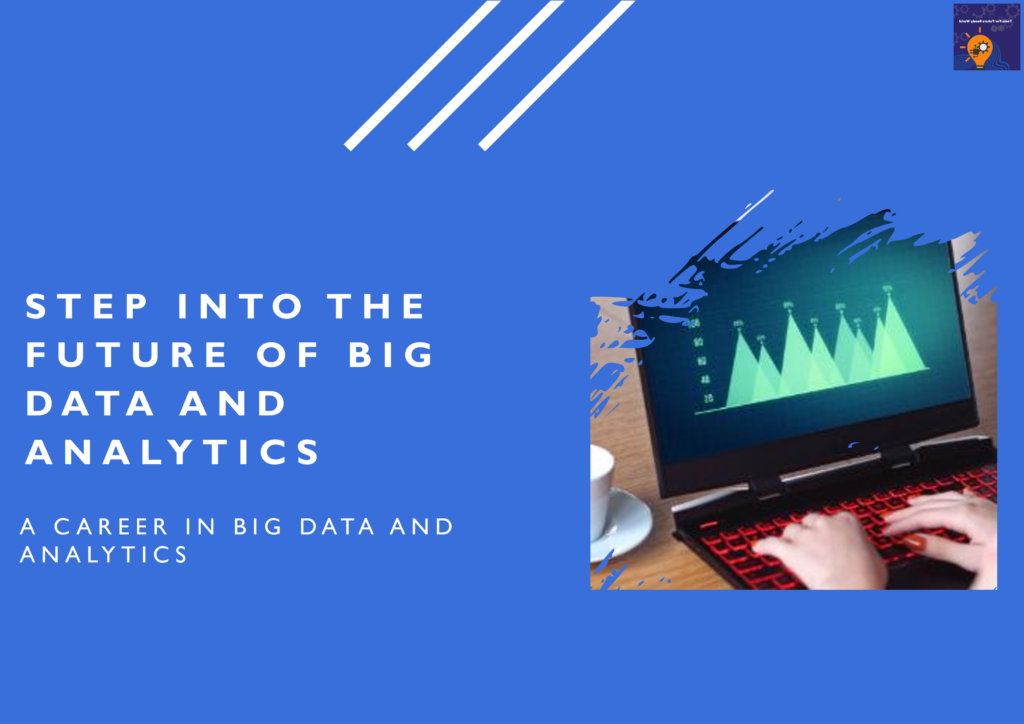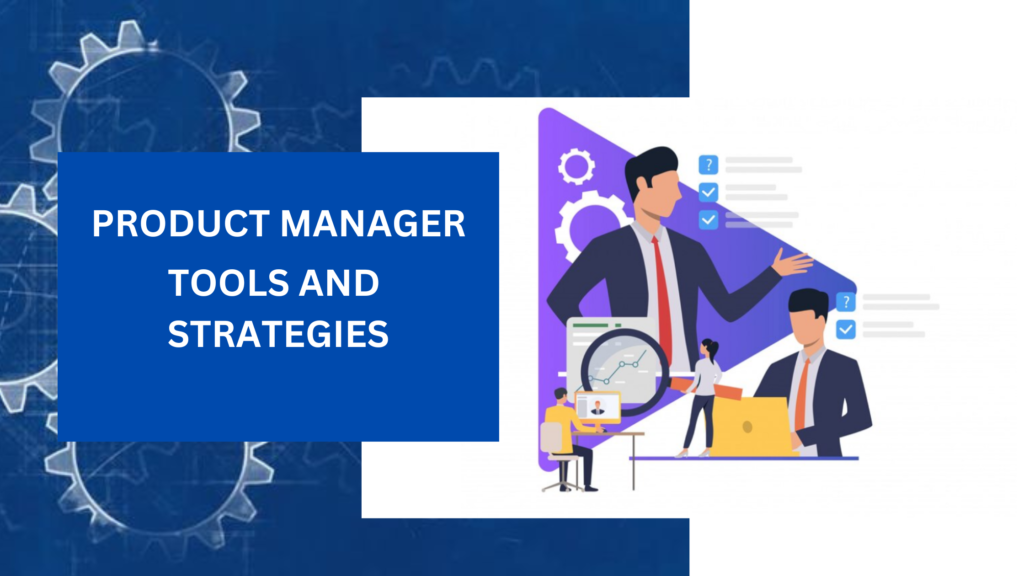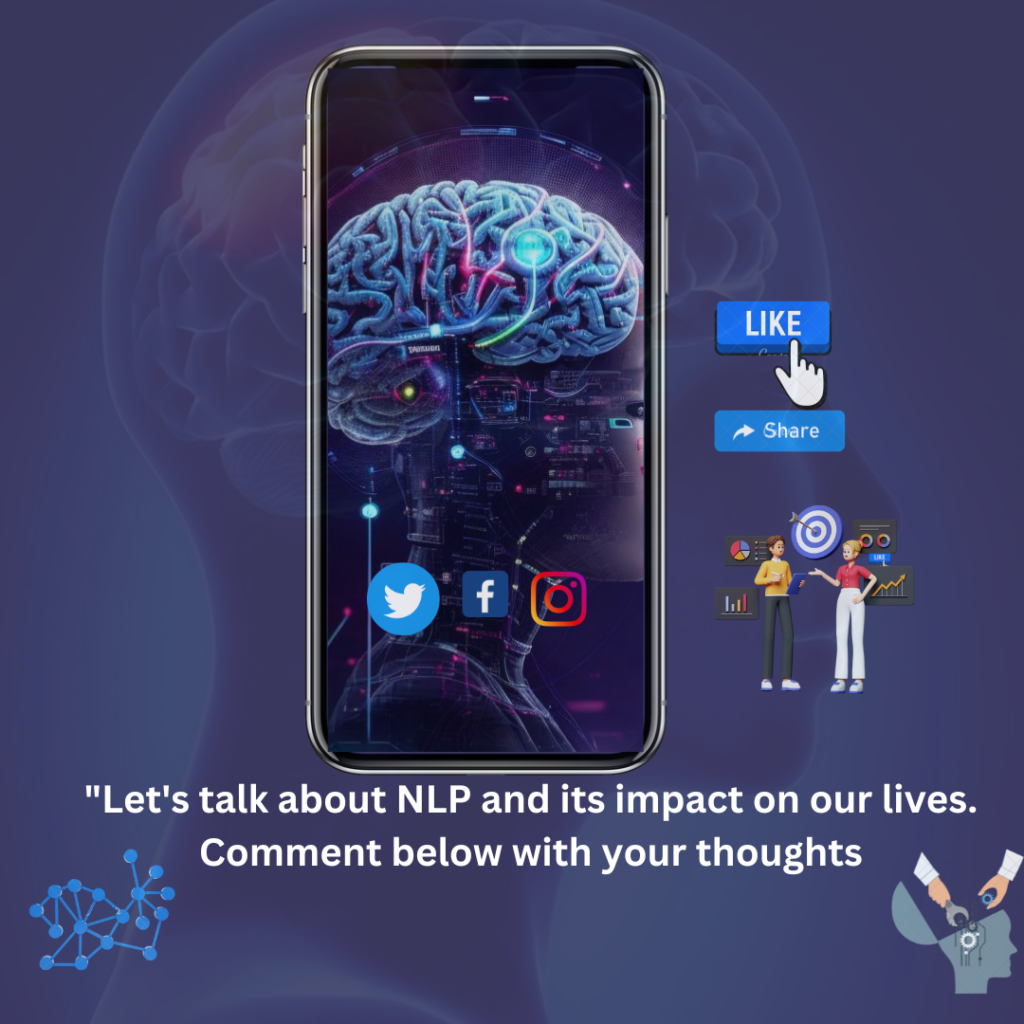Introduction to Big Data and Data Analytics:
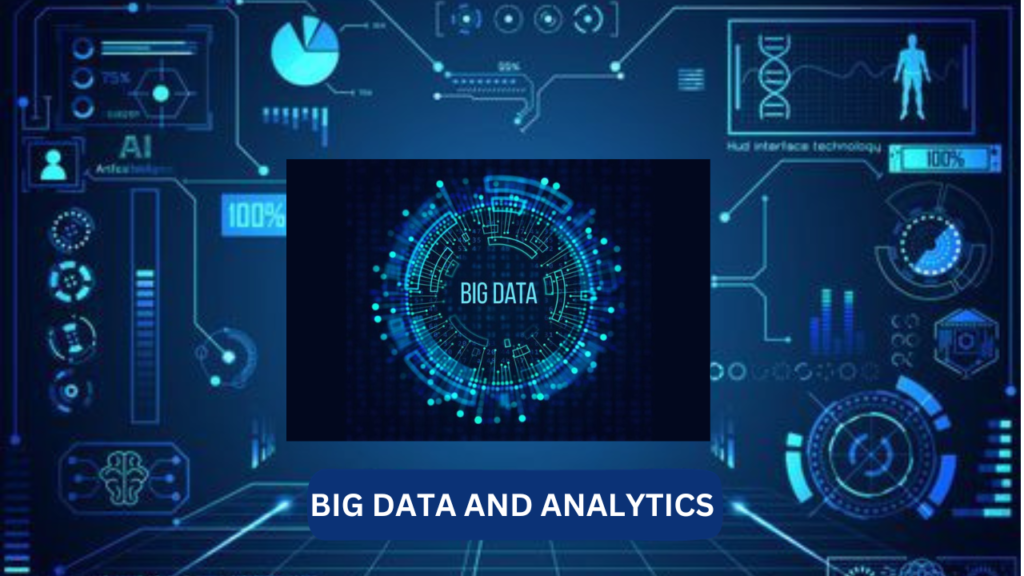
In today’s digital age, the term “big data” has become widespread, driving transformative changes in almost every industry. But what exactly is big data, and why is it such a game-changer? In this section, we will define big data, delve into its significance, and explain how data analytics plays a pivotal role in unlocking its potential.
Defining Big Data:
Big data refers to the massive volume of structured and unstructured data that floods organizations on a daily basis. This data encompasses everything from customer transactions and social media interactions. What sets big data apart from conventional data is its sheer scale, velocity, variety, and complexity. It’s too vast and intricate for traditional data processing applications to handle effectively.
The Role of Data Analytics:
Data analytics is the key to unlocking the value hidden within big data. It involves the use of various tools and techniques to examine and interpret vast datasets, extracting valuable insights and patterns.
Applications of Big Data and Analytics in Various Industries:
The power of big data and analytics goes beyond industry boundaries, revolutionizing the way businesses and organizations operate. In this section, we’ll explore real-world examples of how big data and analytics are harnessed across diverse sectors, showcasing their transformative impact.
Healthcare:
In healthcare, big data and analytics have saved lives and improved patient care. Electronic health records, patient monitoring devices, and genetic sequencing generate massive datasets that can be analyzed for various purposes:
- Disease Surveillance: Public health agencies use big data to track the spread of diseases like COVID-19, aiding in early detection and response.
- Personalized Medicine: Physicians analyze patient data to tailor treatments to an individual’s genetics and medical history.
- Predictive Analytics: Hospitals forecast patient admission rates to allocate resources efficiently, reducing overcrowding and costs.
Finance:
In the financial industry, big data and analytics are paramount for risk assessment, fraud detection, and investment decisions:
- Algorithmic Trading: High-frequency trading relies on real-time data analysis to make split-second trading decisions.
- Credit Scoring: Banks use predictive analytics to determine creditworthiness, optimizing loan approvals.
- Fraud Detection: Financial institutions analyze transaction data to identify unusual patterns and prevent fraud.
E-commerce:
Online retailers leverage big data and data analytics to enhance customer experiences and drive sales:
- Recommendation Systems: E-commerce giants like Amazon use algorithms to suggest products based on customer browsing and purchase history.
- Pricing Optimization: Dynamic pricing adjusts product prices in real-time to maximize profits and remain competitive.
- Supply Chain Management: Predictive analytics ensure efficient inventory management and on-time deliveries.
Marketing:
Marketing has been profoundly reshaped by big data and data analytics, enabling more targeted and effective campaigns:
- Customer Segmentation: Marketers use data to group customers based on behaviors, preferences, and demographics.
- A/B Testing: Experiments with different versions of a webpage or ad are analyzed to determine the most effective approach.
- Social Media Analytics: Brands analyze social media data to gauge sentiment, monitor trends, and engage with their audience effectively.
Manufacturing:
Manufacturing processes are optimized through data analytics to improve efficiency and reduce downtime:
- Predictive Maintenance: Sensors on machinery collect data, and algorithms predict when equipment needs maintenance, preventing costly breakdowns.
- Quality Control: Real-time data analysis can identify defects and prevent subpar products from reaching consumers.
- Supply Chain Optimization: Data analytics helps manufacturers streamline their supply chains, reducing costs and delays.
Agriculture:
Even traditional industries like agriculture are embracing data analytics:
- Precision Farming: Data from sensors, drones, and satellites inform farmers about soil conditions, weather, and crop health, optimizing yield and resource usage.
- Crop Monitoring: Algorithms analyze plant images to detect diseases or pests early, leading to better crop protection.

Case studies
Healthcare:
- Cleveland Clinic: https://healthitanalytics.com/news/predictive-analytics-models-help-plan-for-covid-19-demands
- Mayo Clinic: https://www.mayoclinic.org/diseases-conditions/sepsis/symptoms-causes/syc-20351214?p=1
- IBM Watson Health: https://www.ibm.com/industries/healthcare
Finance:
- American Express: https://medium.com/swlh/how-amex-tackles-fraud-prevention-in-real-time-9b451ae0d44e
- JPMorgan Chase: https://www.projectpro.io/article/how-jpmorgan-uses-hadoop-to-leverage-big-data-analytics/142
- HSBC: https://www.mckinsey.com/industries/financial-services/our-insights/how-data-and-analytics-are-transforming-the-wholesale-bank-at-hsbc
Ecommerce:
- Amazon: https://www.amazon.com/gp/help/customer/display.html?nodeId=GE4KRSZ4KAZZB4BV
- Netflix: https://research.netflix.com/business-area/personalization-and-search
- Walmart: https://www.projectpro.io/article/how-big-data-analysis-helped-increase-walmarts-sales-turnover/109
Others:
- General Electric: https://www.ge.com/digital/
- Uber: https://www.uber.com/en-GB/blog/uber-dynamic-pricing/
Additional Resources:
- McKinsey Global Institute: Big data: The next frontier for innovation: https://www.mckinsey.com/capabilities/mckinsey-digital/our-insights/big-data-the-next-frontier-for-innovation
- Forbes: The Top 10 Most Innovative Applications Of Big Data In Healthcare:https://www.forbes.com/sites/randybean/2021/05/26/pandemic-shines-spotlight-on-big-data-and-ai-in-life-sciences-and-healthcare/
- MIT Sloan Management Review: Big Data’s Big Impact: 26 Companies That Get It Right: https://sloanreview.mit.edu/article/how-big-data-is-influencing-big-companies/
Educational Background for Careers in Big Data Analytics:
Embarking on a career in data analytics requires a solid educational foundation that equips individuals with the knowledge and skills to thrive in this dynamic field. In this section, we will explore the various educational paths, from bachelor’s degrees to certifications, and highlight the relevance of degrees in computer science, data science, statistics, and related fields.
- Bachelor’s Degrees:
A bachelor’s degree serves as the first step toward a career in data analytics. While many individuals with diverse undergraduate degrees can transition into this field, there are specific programs that cater directly to data analytics and related roles. These programs typically offer courses in statistics, data mining, programming, and data visualization. Popular bachelor’s degrees for aspiring data analysts include:- Bachelor of Science in Data Science: These specialized programs provide a strong foundation in data analytics, covering areas such as machine learning, data manipulation, and data ethics.
- Bachelor of Computer Science (with a Data Analytics concentration): A computer science degree with a data analytics focus equips students with the necessary programming skills and computational knowledge.
- Bachelor of Statistics: This degree is especially relevant for those interested in the statistical aspects of data analytics and predictive modeling.
- Master’s Degrees:
A master’s degree in data analytics or a related field is a valuable asset for career advancement and specialization. These programs delve deeper into the subject matter and often include practical experiences and capstone projects. Some popular master’s programs for data analytics include:- Master of Science in Data Analytics: These programs offer advanced coursework in data analysis, machine learning, and big data technologies.
- Master of Business Analytics: Designed for professionals interested in the business side of data analytics, these programs focus on using data to make strategic decisions.
- Master of Data Science: Similar to the MS in Data Analytics, these programs cover various aspects of data analysis and are often offered by top universities.
- Certifications:
Certifications are an excellent way to acquire specific skills and demonstrate expertise in a particular area of data analytics. They can be pursued independently or as a complement to formal education. Some valuable data analytics certifications include:- Certified Analytics Professional (CAP): Recognized globally, CAP certification attests to your analytical skills and expertise.
- Google Data Analytics Professional Certificate: An entry-level program providing practical experience in data analysis using Google’s tools.
- SAS Certified Data Scientist: Focused on using SAS software for data analysis, this certification is valuable for those in analytics roles.
Relevance of Degrees in Computer Science, Data Science, and Statistics:
- Computer Science: A degree in computer science is highly relevant to data analytics because it provides a strong foundation in programming, data structures, algorithms, and computational thinking. These skills are crucial for working with large datasets, creating data pipelines, and developing software tools for analysis.
- Data Science: Data science programs are explicitly tailored to the field, covering everything from data collection and cleansing to statistical analysis, machine learning, and data visualization. These programs often involve practical projects that simulate real-world data challenges.
- Statistics: A background in statistics is indispensable for data analysts, as statistical methods are at the core of data analysis. A strong grasp of statistical concepts helps in drawing meaningful insights from data and making data-driven decisions.
Top Big Data Analytics Institutes in India and Abroad
For aspiring data analysts, numerous reputable educational institutions in India and abroad offer relevant programs. Here are a few suggestions:
India:
- Indian Institutes of Technology (IITs): Several IITs offer data science and related programs at the bachelor’s and master’s levels.
- Indian Statistical Institute (ISI): ISI offers programs in statistics and data science, including a Master of Science in Quantitative Economics and a Master of Science in Data Science.
Abroad:
- Massachusetts Institute of Technology (MIT): MIT offers a Master of Business Analytics program.
- Stanford University: Stanford offers a Master of Science in Statistics with a data science concentration.
- University of California, Berkeley: UC Berkeley provides a Master of Information and Data Science program through its School of Information.
For certifications and online courses, platforms like Coursera, edX, and Udacity offer a wide range of options, often in partnership with renowned universities and institutions.
Skills Required for a Career in Data Analytics:
Embarking on a career in data analytics demands a unique blend of technical and non-technical skills. In this section, we’ll delve into the essential skills that equip individuals for success in this dynamic field, emphasizing the significance of proficiency in programming languages, data visualization tools, and statistical analysis.

Technical Skills:
- Programming Languages:
- Python: Python is a versatile language commonly used for data analysis. Its extensive libraries, such as Pandas, NumPy, and Scikit-Learn, make it ideal for data manipulation, machine learning, and statistical analysis.
- R: R is a statistical programming language that excels in data visualization, statistical modeling, and exploratory data analysis. It’s especially popular among statisticians and researchers.
- SQL (Structured Query Language): SQL is essential for accessing and manipulating data stored in relational databases. Proficiency in SQL is crucial for data extraction and transformation.
- Data Visualization Tools:
- Tableau: Tableau is a powerful data visualization tool that allows users to create interactive and visually appealing dashboards. It’s widely used for communicating data insights.
- Power BI: Microsoft’s Power BI is another popular data visualization tool that facilitates data exploration and report creation.
- Matplotlib and Seaborn: These Python libraries are excellent for creating custom data visualizations, including bar charts, scatter plots, and heat maps.
Statistical Analysis:
- Statistical Concepts: A deep understanding of statistical concepts, such as hypothesis testing, regression analysis, and probability, is crucial for interpreting data and drawing meaningful insights.
- Machine Learning: Familiarity with machine learning algorithms and techniques is valuable, as they enable predictive modeling and advanced data analysis.
- Data Mining: Data mining skills are essential for discovering patterns and trends within large datasets.
Data Cleaning and Preparation:
Data analysts spend a significant amount of time cleaning and preparing data for analysis. This includes handling missing values, dealing with outliers, and ensuring data quality.
Big Data Technologies:
In an era of big data, knowledge of tools like Hadoop and Spark for processing large datasets is advantageous.
Non-Technical Skills:
Critical Thinking: Data analysts must be adept at problem-solving, thinking critically about data challenges, and formulating effective solutions.
Communication Skills: The ability to communicate complex data findings in a clear and compelling manner is crucial. Data analysts often need to convey insights to non-technical stakeholders.
Domain Knowledge: Understanding the industry or domain in which one works is essential for contextualizing data analysis results and making informed recommendations.
Attention to Detail: Small errors in data analysis can lead to significant inaccuracies. Meticulous attention to detail is a non-negotiable skill.
Curiosity: Curiosity and a desire to explore and discover insights within data are qualities that drive successful data analysts.
Importance of Proficiency in Technical Skills:
Proficiency in programming languages, data visualization tools, and statistical analysis is paramount for several reasons:
- Efficiency: These skills streamline the data analysis process, enabling analysts to work more efficiently and handle larger datasets.
- Quality of Insights: A strong foundation in statistical analysis ensures that the insights drawn from data are accurate and meaningful.
- Data Communication: Data visualization tools allow analysts to present findings effectively, making data insights more accessible to non-technical stakeholders.
- Adaptability: Proficiency in programming languages like Python and R equips analysts to adapt to new tools and technologies as the field evolves.
Suggested Links: For those looking to build their data analytics skills, various online platforms offer courses and tutorials. Consider including links to platforms like Coursera, edX, and DataCamp, which offer a wide range of data analytics courses.
The field of data analytics is a thrilling frontier filled with opportunities, but it also presents a host of challenges.
In this section, we’ll explore some of the key challenges that data professionals may encounter, including data privacy and security concerns, ethical considerations, and the rapidly evolving technology landscape.
1. Data Privacy and Security Concerns:
Challenge: The increasing volume of data collected and analyzed comes with the responsibility to protect sensitive information. Data breaches and privacy violations are significant concerns.
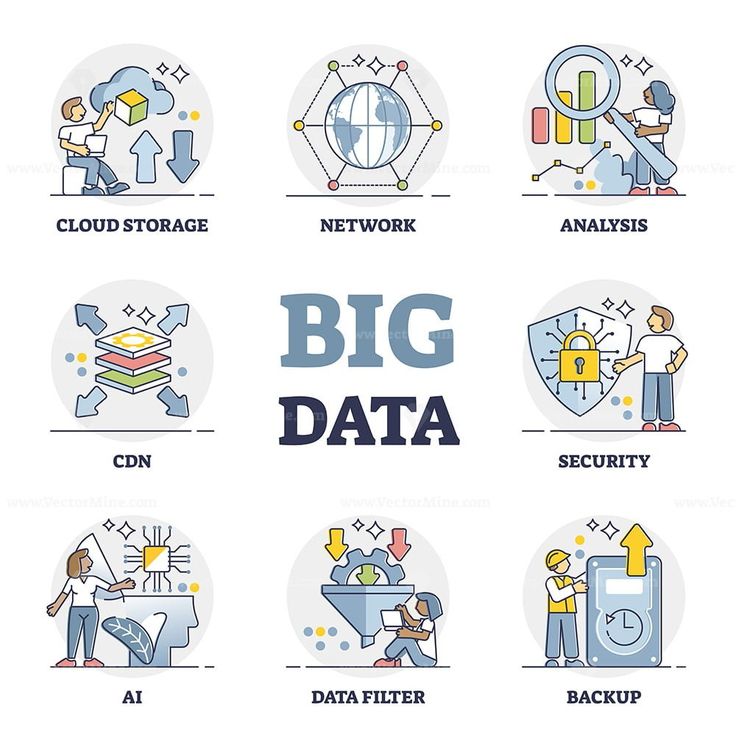
Addressing the Challenge:
- Data Encryption: Ensuring data is encrypted during transmission and at rest can safeguard it from unauthorized access.
- Access Control: Implement strict access controls to limit data exposure only to authorized personnel.
- Compliance: Adhere to data protection regulations and standards like GDPR (General Data Protection Regulation) or HIPAA (Health Insurance Portability and Accountability Act).
2. Evolving Technology Landscape:
Challenge: The technology landscape in data analytics is in a state of constant flux. Keeping up with new tools, platforms, and techniques can be overwhelming.
Addressing the Challenge:
- Continuous Learning: Data professionals must invest in ongoing education and stay updated on the latest trends.
- Adaptive Mindset: Cultivate an adaptable mindset that welcomes change and encourages experimentation with new technologies.
- Professional Networks: Join professional associations and networks to gain insights from peers and experts.
3. Data Quality and Integrity
Challenge: Ensuring the quality and integrity of data is a persistent challenge. Inaccurate or incomplete data can lead to incorrect conclusions.
Addressing the Challenge:
- Data Validation: Implement rigorous data validation processes to identify and rectify errors.
- Data Governance: Establish data governance frameworks to maintain data accuracy and consistency.
- Data Cleaning Tools: Utilize data cleaning tools and practices to eliminate inaccuracies.
4. Resource Constraints:
Challenge: Data analytics projects can be resource-intensive, requiring significant time, budget, and personnel.
Addressing the Challenge:
- Prioritization: Prioritize projects based on their potential impact and feasibility.
- Efficiency: Use automation and streamlined processes to maximize resource utilization.
- Collaboration: Foster cross-functional collaboration to share resources and expertise.
5. Bias and Fairness:
Challenge: Bias can inadvertently be introduced into data analytics models, resulting in unfair and discriminatory outcomes.
Addressing the Challenge:
- Diverse Teams: Build diverse teams that can identify and mitigate biases.
- Bias Audits: Regularly audit models and data to identify and rectify biases.
- Fairness Metrics: Implement fairness metrics to assess and ensure equitable model outcomes.
Addressing these challenges requires a combination of technical expertise, ethical responsibility, and adaptability. By recognizing and proactively addressing these challenges, data professionals can work towards more responsible and effective data analytics practices.
Key Takeaways:
Data Analytics is widespread: Big data is the driving force behind many industries, and data analytics is the key to unlocking its value. From healthcare to finance, marketing to e-commerce, data analytics is reshaping the way businesses operate.
Skills are Paramount: To thrive in data analytics, one must cultivate a diverse set of skills. This includes proficiency in programming languages like Python, R, and SQL, data visualization tools, and statistical analysis.
Education is Essential: Aspiring data analysts can choose from various educational paths, ranging from bachelor’s and master’s degrees to certifications. Fields such as computer science, data science, and statistics provide the knowledge foundation for success.
Ethical Considerations Matter: The responsible use of data is critical. Data professionals must adhere to ethical guidelines, maintain transparency, and ensure data privacy and security.
Challenges Abound: Data analytics isn’t without its hurdles. Challenges include data privacy and security concerns, an evolving technology landscape, bias and fairness considerations, and resource constraints. Addressing these challenges is a crucial part of the job.
Promising Future:
The future of data analytics careers is nothing short of promising. As more businesses and organizations recognize the transformative potential of data, the demand for skilled data professionals continues to grow. This field offers abundant opportunities for growth and advancement, with various career paths to explore.
With technology advancing at an unprecedented pace, data analysts are poised to play a pivotal role in shaping the future. They will continue to unlock insights that drive innovation, improve decision-making, and address complex challenges across diverse sectors.
In a world driven by data, those who possess the skills and ethical framework to navigate this landscape will find themselves at the forefront of a data-driven revolution. As data professionals, you have the unique opportunity to make a lasting impact and be part of a bright future in the dynamic field of data analytics.
So, whether you’re just starting your journey in data analytics or you’re a seasoned professional, remember that you’re in a field that’s not only in demand but also on the cutting edge of change. Embrace the challenges, seize the opportunities, and contribute to the ever-evolving world of data analytics with confidence and enthusiasm.
By staying curious, continuously learning, and embracing the exciting developments on the horizon, you can play an integral role in shaping the future of data analytics and driving positive change in the world.
Conclusion
In the fast-paced world of data analytics, we’ve embarked on a journey to uncover the core aspects of this field, from its foundational concepts to the challenges and opportunities that define it. As we wrap up this exploration, let’s summarize the key takeaways from this article and underscore the bright future that awaits those pursuing careers in data analytics.
Frequently Asked Questions (FAQs)
- What is big data and data analytics?
- Answer: Big data refers to large and complex datasets that cannot be easily processed with traditional data management tools. Data analytics involves examining, interpreting, and drawing insights from data.
- Why is big data important?
- Answer: Big data is crucial as it allows organizations to make informed decisions, identify patterns and trends, enhance business processes, and gain a competitive edge.
- What skills are required for a career in big data and data analytics?
- Answer: Skills include programming (Python, R), data manipulation, statistical analysis, machine learning, data visualization, and domain-specific knowledge.
- What are the job opportunities in big data and data analytics?
- Answer: Job opportunities include data scientist, data analyst, business intelligence analyst, data engineer, and machine learning engineer across various industries.
- How to get started in a career in big data?
- Answer: Start by acquiring relevant skills through education or online courses, gaining practical experience through projects, and building a strong portfolio.
- What are the challenges in the field of big data and data analytics?
- Answer: Challenges include data security and privacy concerns, the complexity of managing large datasets, and the need for skilled professionals.
- Is a degree necessary for a career in big data and data analytics?
- Answer: While a degree can be beneficial, practical skills and experience are often equally important. Many professionals enter the field through self-learning and certifications.
- What are the key trends in big data and data analytics?
- Answer: Trends include the increasing use of artificial intelligence and machine learning, the rise of real-time analytics, and the growing importance of data ethics.
- What industries use big data and data analytics extensively?
- Answer: Industries such as finance, healthcare, e-commerce, marketing, and telecommunications extensively use big data and data analytics for decision-making and insights.
- How does big data contribute to business growth?
- Answer: Big data helps businesses optimize operations, improve customer experiences, identify new revenue streams, and stay competitive by making data-driven decisions.

